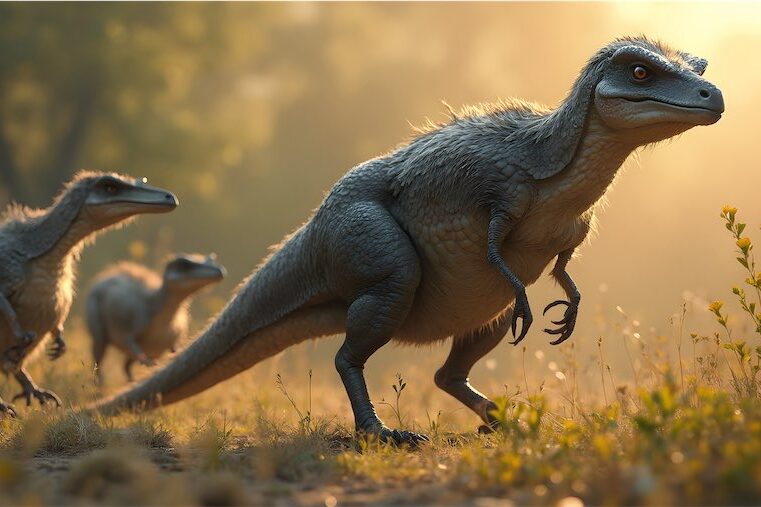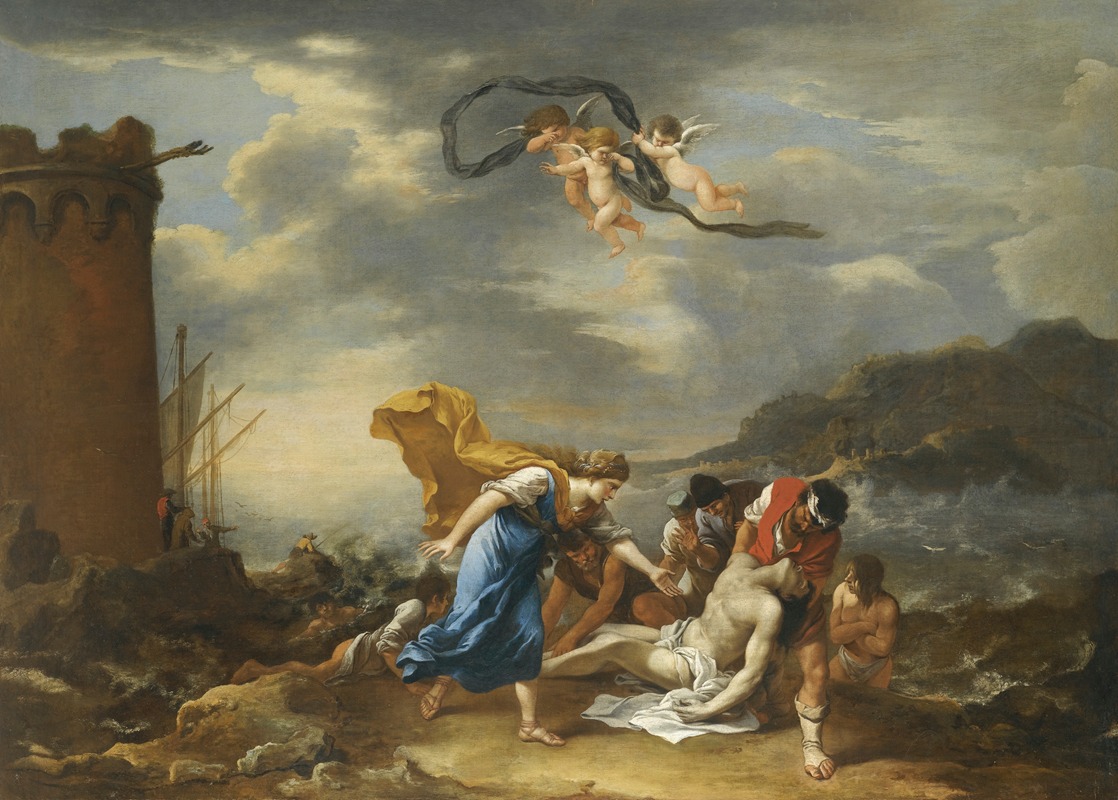
“Canberrans lucky enough to have a garden will have an abundance of dinosaurs visiting.” How is that possible? Whimsy columnist CLIVE WILLIAMS explains all.
“I took a walk in Central Park and got all excited when I thought I saw a robin redbreast. Turned out to be a pigeon with a knife wound.” –David Letterman
Birds evolved from theropod dinosaurs, a group of bipedal, mostly carnivorous dinosaurs.

Specifically, they are descendants of small, feathered theropods that lived during the Jurassic period, around 150 million years ago. Modern birds are classified as avian dinosaurs, making them the only surviving lineage of dinosaurs after the mass extinction 66 million years ago.
Canberrans lucky enough to have a garden will have an abundance of dinosaurs visiting, including Red Wattlebirds, Superb Fairy-Wrens, Noisy Miners, Pied Currawongs, Australian Magpies and Magpie-larks, Gang-Gang Cockatoos, Galahs, “Punk” Pigeons (Crested Pigeons), Satin Bowerbirds, Blackbirds and so on. Sulphur Crested Cockatoos are common, too, but not popular because of their destructiveness and pillaging of fruit trees.
A pest species in Canberra is the Common (Indian) Myna. They were first introduced to Australia in the 1860s, being brought in to control insect pests in agricultural areas, especially in sugarcane fields in Queensland.
They quickly adapted to Australia’s environment, thriving in urban and suburban areas. Their spread was aided by their high reproductive rate.
Over time, Indian Mynas have become one of the most invasive species in Australia, contributing to ecological disruption by displacing native birds and animals, spreading diseases, and occupying nesting sites.
No doubt readers are keen to know why some birds hop and others walk, so I’ve done some in-depth research.
I’d noticed that birds with shorter legs often hop. Birds that hop stay ready to take flight at a moment’s notice as hopping allows them to launch quickly into the air.
Birds with longer legs tend to walk or run. Walking is energy-efficient for birds that spend more time on the ground, where walking allows them to forage for food more efficiently. It clearly takes an effort to fly. Our local magpies will run to greet us from 100 metres away.
Therefore, it seems that whether a bird hops or walks is shaped by its leg structure, evolutionary adaptation to its habitat, and need for energy-efficient movement.
Birds also exhibit diverse flying styles depending on their anatomy, habitat, and behaviour. Continuous flapping flight is the most common, with steady wing beats for sustained movement.
Small to medium-sized birds often engage in “bounding” flight where the bird alternates between flapping its wings to gain altitude and folding them against its body to glide downward in a slight arc. This creates a characteristic “up-and-down” pattern of flight.
Bounding flight is energy-efficient for birds with relatively short, rounded wings, as it reduces the need for constant flapping. It’s particularly suited for quick, manoeuvrable flight in gardens or across open areas.
On a lighter note: After a long course of psychiatric treatment, the psychiatrist deems the patient cured.
“So,” says the psychiatrist, “what are you going to do now careerwise?”
“Well,” says the patient, “as you know, I have qualifications that will allow me to take on a range of high-powered professional jobs. But given all the stress involved, it might just be more satisfying to go back to being a magpie.”
Ted takes his pelican to the vet because it’s cross-eyed and asks if there is anything that can be done for the bird.
“Well, let’s see,” says the vet and picks up the bird to have a good look at it. He soon turns to Ted and says: “I’m afraid I’m going to have to put him down.”
“What,” says Ted “just because he’s cross-eyed?”
“No,” says the vet, “because he’s really heavy.”
Clive Williams is a Canberra columnist.
Who can be trusted?
In a world of spin and confusion, there’s never been a more important time to support independent journalism in Canberra.
If you trust our work online and want to enforce the power of independent voices, I invite you to make a small contribution.
Every dollar of support is invested back into our journalism to help keep citynews.com.au strong and free.
Thank you,
Ian Meikle, editor









Leave a Reply